How to avoid peak tailing in HPLC chromatography?
Peak distortions are a common and frustrating problem when performing chromatographic experiments, and peak tailing in high-performance liquid chromatography (HPLC) is one of the most frequent distortions that can occur. One of the challenging aspects of tailing peaks is that they can be caused by a range of different factors, so accurately diagnosing the problem as well as mitigating risks across your entire process are necessary to prevent further distortions. If your HPLC peaks look more like skateboard ramps than the nice Gaussian curve we all like to see, follow these tips to help identify the root of the problem and restore symmetry to your chromatograms:
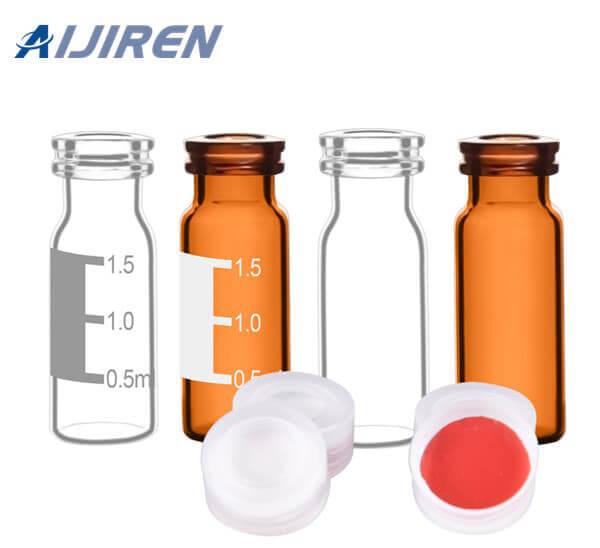
What Factors Affect HPLC Peak Tailing?
1. Silanol Interactions (for silica-based columns)
2. Ionized silanols will ion-exchange with protonated bases which can cause tailing and method variability. This occurs most often at mid pH where silanols are ionized.
3. Unprotonated acids can compete for H+ with protonated silanols; this can occur at low pH.
Some mobile phase additives can be added to the mobile phase to reduce these interactions. To reduce silanol interactions, we recommend selecting an HPLC column where the bonded phase is end-capped or polar embedded. Endcapped bonded phases minimize the number of unreacted silanols and potential peak tailing interactions. Polar Embedded bonded phases provide unique silanol shielding, which reduces peak tailing for basic compounds.
4. Mobile Phase and pH
Inconsistent and tailing peaks may occur when operating close to an analyte’s pKa and should be avoided. Use buffering mobile phases for the best peak shape. In addition, increasing buffer concentration at mid pH is very effective at masking silanol interactions and reducing peak tailing.
Changing the mobile phase organic modifier (ie: Acetonitrile vs Methanol) may improve peak shape due to secondary interactions.
5. Extra Column Effects
If you have excessively long tubing lengths between the HPLC column and detector, consider replacing them with shorter tubing lengths. Also, look at the internal diameter of the tubing you are using, and potentially reduce the tubing ID. PEEK tubing is color coded; if you are using IDEX PEEK tubing, and it’s yellow, consider decreasing to the red tubing.
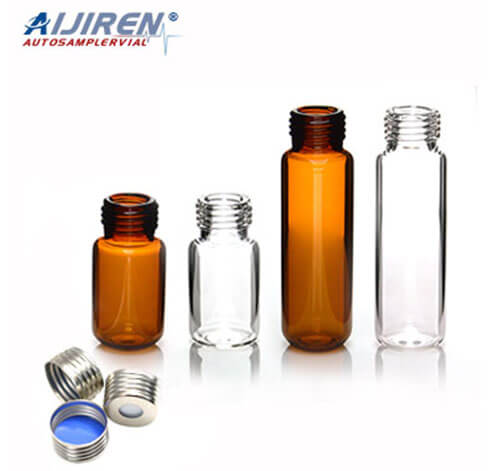
Guidelines for Improved Peak Shape
- Select columns based on high purity fully hydroxylated silica – Zorbax Rx-Sil based columns, such as StableBond, Eclipse XDB, Bonus-RP, and Extend
- Select double end-capped columns for mid pH or difficult basic compounds, such as Eclipse XDB
- Select special bonded phases (Bonus-RP, Extend-C18) for better peak shape at mid and high pH
- Select wide-pore columns for high molecular weight analytes
- Use buffered low pH mobile phases to reduce secondary interactions • Use 25 – 50 mM buffered mobile phases at every pH
- Use additional additives only when needed • Check sample solvents
Summary
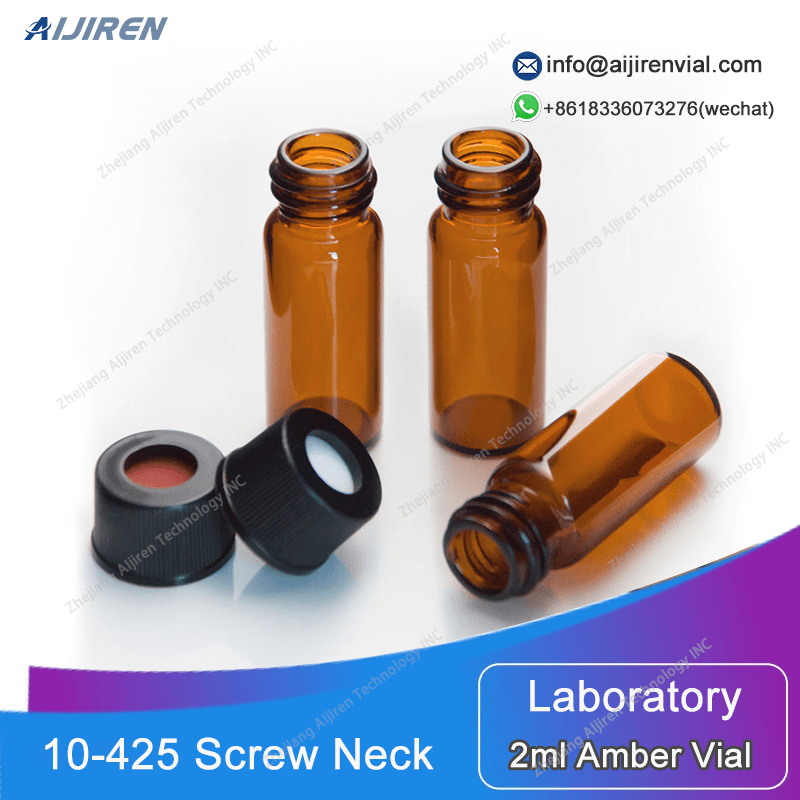
In summary, when developing an HPLC method, it is important for quantitation and method ruggedness that peaks are “good” gaussian-shaped peaks. For best results, select an HPLC column with an end-capped bonded phase. If compounds are basic, consider adding TEA (Triethyl amine) to your mobile phase. If your compounds are acidic, consider adding TFA (Trifluoracetic acid) to your mobile phase. Both modifiers will prevent tailing by competing with the sample for surface ion exchange sites (free silanols).
Back to List
-
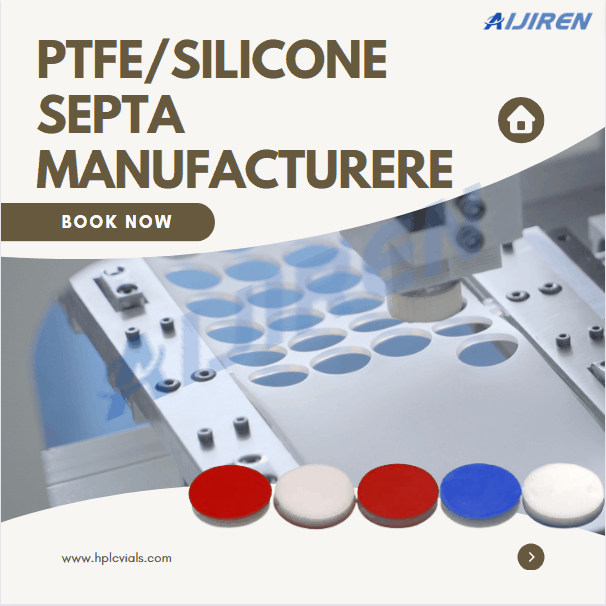 下午4:09Weighing the Pros and Cons of PTFE/Silicone Septa
下午4:09Weighing the Pros and Cons of PTFE/Silicone Septa -
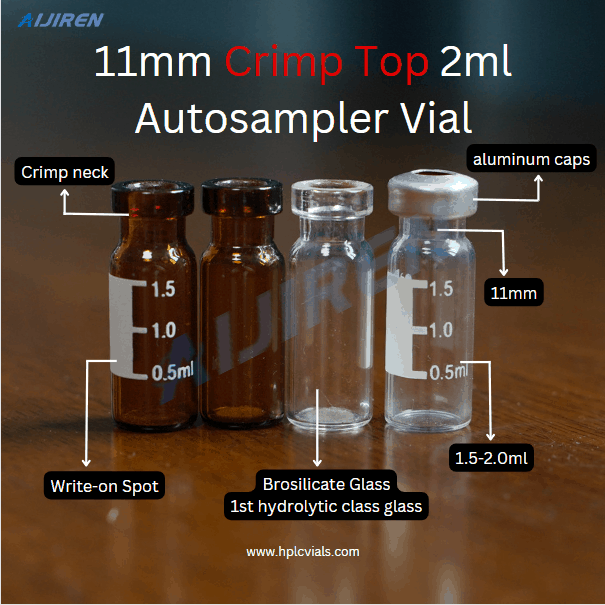 下午4:05Decoding Vial Discard Guidelines: Ensuring Precision in Chromatography
下午4:05Decoding Vial Discard Guidelines: Ensuring Precision in Chromatography -
 下午5:01Navigating Micro Inserts for HPLC Vials: A Comprehensive Guide
下午5:01Navigating Micro Inserts for HPLC Vials: A Comprehensive Guide -
.jpg) 下午2:02Common faults and solutions of automatic samplers(2)
下午2:02Common faults and solutions of automatic samplers(2) -
 下午5:08Ensuring Sample Integrity: Navigating EPA Storage Vials Stability Guidelines
下午5:08Ensuring Sample Integrity: Navigating EPA Storage Vials Stability Guidelines

